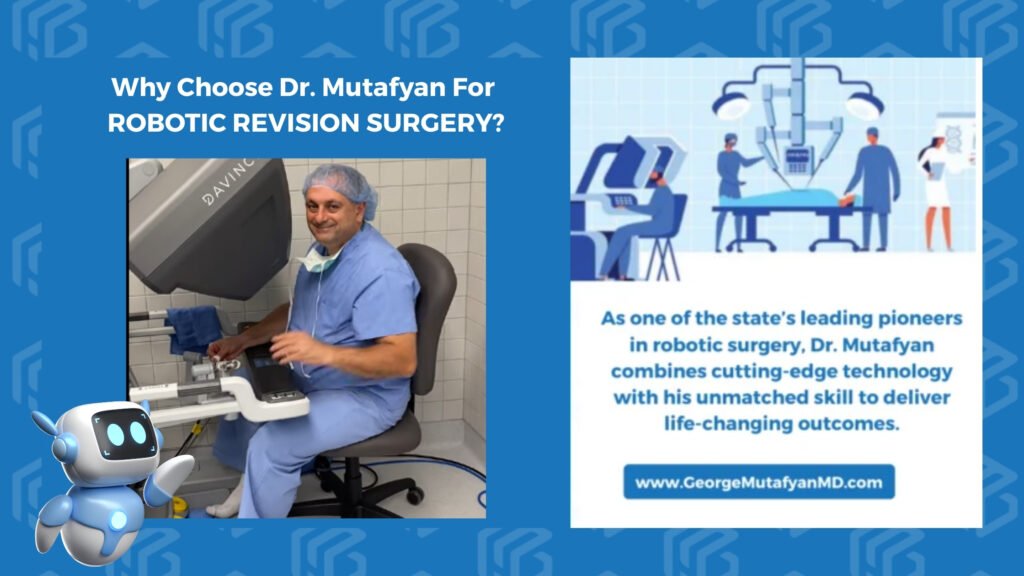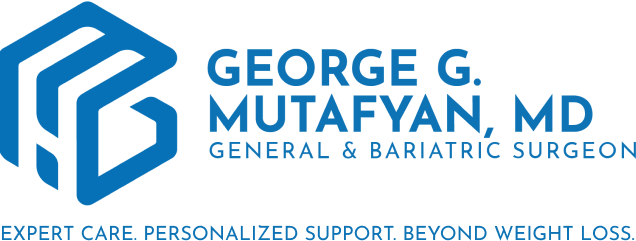Revision Surgery with Robotics: The Weight Loss Tune-Up You Never Knew You Needed
(With a Robo-Twist!)
Let’s be honest—sometimes life doesn’t go quite as planned. You buy a car, and after a few years, that sleek ride that once purred like a kitten sounds more like a coughing lawnmower. Or maybe you set up your dream home office, only to realize you forgot to include a desk. Sometimes, things just need a tune-up—and believe it or not, your weight loss journey can be the same way!

Enter revision surgery with a futuristic twist—robotics! That’s right, folks, weight loss surgery isn’t immune to a little tweaking, and with the help of robotic technology, it’s easier and more precise than ever. So, if your original bariatric surgery didn’t quite get you to your goal, don’t worry. Revision surgery is like giving your weight loss a second chance, and with robotic assistance, it’s the fine-tuning your body deserves.
Buckle up, because we’re about to dive into the world of robotic revision surgery—complete with analogies, humor, and an understanding of why this might just be the fix you’ve been looking for.
What is Revision Surgery Anyway?
(AKA the “Tune-Up” for Your Weight Loss Surgery)
Think of revision surgery as the ultimate redo or “fine-tuning” for your previous weight loss procedure. Maybe your gastric sleeve or bypass was supposed to be your golden ticket, but over time, things didn’t go quite as planned. That’s okay—it happens! Just like how your phone needs a software update every once in a while, your body sometimes needs a little upgrade too.
Revision surgery steps in when:
- Your original bariatric surgery didn’t deliver the long-term weight loss you hoped for.
- Complications from your first surgery are causing issues.
- You’ve regained weight (which happens to a lot of people—don’t beat yourself up).
- You need a different weight loss procedure that better fits your body and lifestyle.
If you’re feeling like your first go at weight loss surgery was like getting a new car but skipping the maintenance, revision surgery might just be the tune-up you need.
And Now, Enter the Robot: Meet Your High-Tech Surgical Wingman
Okay, okay, we know what you’re thinking—robots? In surgery? This isn’t a sci-fi movie, folks. Robotic-assisted surgery is the future, and it’s here to make your revision surgery more precise, less invasive, and a whole lot cooler.
Think of it like this: If your surgeon’s hands were a high-quality toolkit, robotic surgery is the Ferrari of power tools. With the help of robotic technology, Dr. George Mutafyan (the best in the business, by the way) can operate with pinpoint precision that’s smoother than butter on a hot pancake. And the best part? The robot is just an extension of your surgeon’s hands—so you’re not actually being operated on by some cold, emotionless machine. This is advanced tech with a human touch.

Here’s how it works:
- Smaller Incisions: The robotic arms are like tiny, super-precise fingers, which means your surgeon doesn’t need to make huge incisions. Less scarring, less pain, quicker recovery!
- 360° Range of Motion: The robotic tools can move in ways a human hand just can’t. It’s like having a magical, bendy straw—except, you know, for surgery.
- High-Definition, 3D View: The robot comes with a high-tech camera, giving your surgeon a crystal-clear, three-dimensional view of the surgical site. It’s like going from a grainy VHS tape to full-blown IMAX.
In short, robotic revision surgery is the slick, high-tech upgrade that makes your weight loss “tune-up” safer, more efficient, and even more precise than ever before.
Why Would You Need Revision Surgery?
(Think of It as a Second Shot at Success)
Let’s talk about why someone might need revision surgery in the first place. It’s not because you did something wrong, so don’t go beating yourself up. Sometimes, life just throws you a curveball. Maybe your first surgery didn’t work the way you hoped, or maybe you’ve hit a weight-loss plateau. Heck, even the most finely tuned machines (or bodies) need a little extra love sometimes.
Here are some reasons people seek out revision surgery:
- Weight Regain: Even after successful weight loss surgery, some people find themselves regaining weight over time. It’s not unusual—sometimes the body adjusts, and those pounds start creeping back. Revision surgery can help adjust the original procedure to keep you on track.
- Complications: No one likes to think about it, but sometimes complications from the first surgery can lead to issues. Whether it’s acid reflux, a stretched-out stomach, or trouble absorbing nutrients, revision surgery can fix these problems and get you feeling better.
- Not Enough Weight Loss: Sometimes, the first surgery didn’t provide the weight loss you hoped for. Whether it’s due to your body’s unique response to the procedure or other factors, a revision can help get you to where you want to be.
So, if your first surgery feels like a phone battery that just won’t hold a charge, revision surgery could be the upgrade you need to get back to full power.

The Role of Robotics in Revision Surgery: Precision is the Name of the Game
Why is robotics such a game-changer when it comes to revision surgery? Well, imagine trying to thread a needle while wearing thick winter gloves. Hard, right? That’s how traditional surgery can feel compared to robotic-assisted surgery. The robot allows for finer, more delicate movements, meaning your surgeon can navigate your body with laser-like accuracy.
This is especially important in revision surgery, where things can be a bit more complicated due to scar tissue or the need to adjust the previous procedure. Robotic surgery offers a huge advantage in these scenarios:
- Reduced Complications: Since the tools are smaller and more precise, the chances of complications during surgery go down.
- Faster Recovery: With less trauma to your body, you can get back on your feet and back to normal life more quickly.
- Better Outcomes: The precision of robotic surgery can lead to better, more sustainable weight loss outcomes.
It’s like having a personal trainer who not only helps you work out but also makes sure every single movement is perfectly aligned—you get the best results without risking injury.
The Pros & Cons of Revision Surgery with Robotics (Because No Tool is Perfect)
Alright, let’s get real—robotic revision surgery isn’t all sunshine and rainbows. While it’s a fantastic option for many people, it’s important to know both the pros and the cons before making a decision.
Pros:
- Pinpoint Precision: The fine-tuned movements of the robotic tools mean more accurate adjustments to your previous surgery.
- Smaller Incisions, Less Pain: Say goodbye to large scars and long recoveries. Robotic surgery uses smaller incisions, which means less discomfort and faster healing.
- Better Visualization: The surgeon sees everything in HD and 3D, which leads to more precise, effective surgeries.
- Faster Recovery Time: Get back to your life sooner without feeling like you’ve been hit by a truck. (Which is how some traditional surgeries can leave you feeling.)
Cons:
- Cost: High-tech tools come with a price tag. Robotic surgeries can be more expensive than traditional methods, but many patients feel the benefits outweigh the costs.
- Not Always Necessary: Not every revision surgery needs the robot’s help. Sometimes a traditional surgery is the right call, depending on the complexity of the case.
- Availability: Robotic surgery requires specialized training and equipment, so it’s not available at every hospital or surgical center.
What’s the Recovery Like? (Spoiler: You’ll Be Back on Your Feet in No Time)
One of the best things about robotic revision surgery is the recovery. Remember that sleek, high-tech system we talked about? Well, because the incisions are smaller and the procedure is more precise, your recovery time is shorter and less painful than with traditional surgery.
Here’s what you can expect:
- Post-Op: After surgery, you’ll be up and moving pretty quickly—probably the next day. Walking around is important for preventing complications like blood clots.
- Diet: Just like after your first weight loss surgery, you’ll need to follow a specific post-op diet to help your body adjust. Expect to start with liquids, then move on to soft foods, and eventually, regular meals again.
- Activity: You’ll be back to light activities (like walking or gentle yoga) within a few weeks, but heavy lifting and intense exercise will need to wait for a while.
- Follow-Ups: Regular check-ins with Dr. Mutafyan will ensure that your recovery is smooth and that you’re hitting your weight loss goals.

Conclusion: Time for a Tune-Up? Let Dr. Mutafyan and Robotics Help You Out
So, whether your first surgery didn’t quite hit the mark, or you just need a little tune-up to get your weight loss journey back on track, revision surgery with robotics might be the answer. With Dr. George Mutafyan—a leading expert in robotic-assisted surgery—you’re not just getting another surgery. You’re getting the precision and expertise that will help fine-tune your results and set you up for long-term success.
Ready for a second chance at weight loss success? Contact Dr. Mutafyan today to schedule a consultation and find out if robotic revision surgery is the tune-up your body’s been waiting for!











